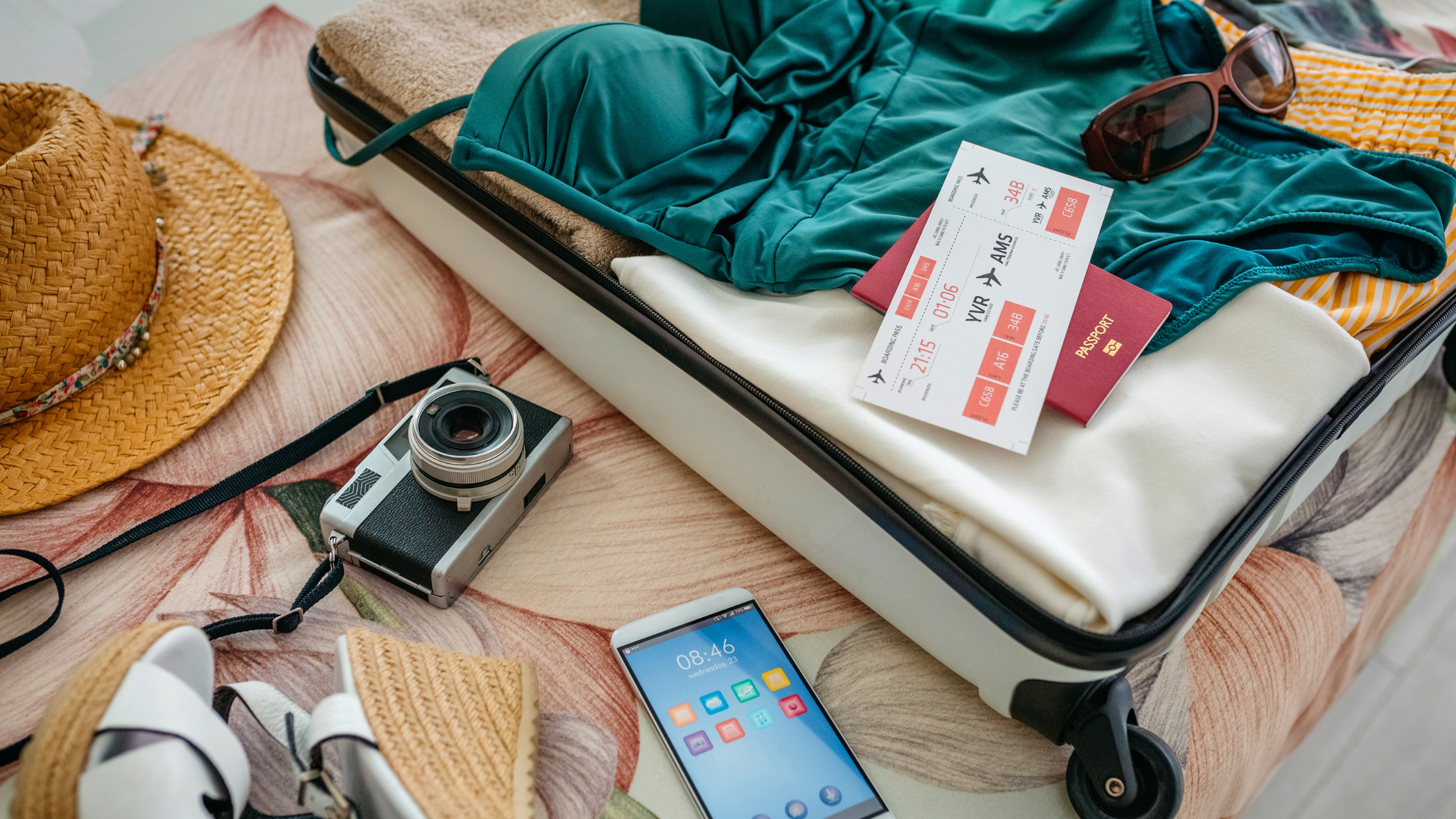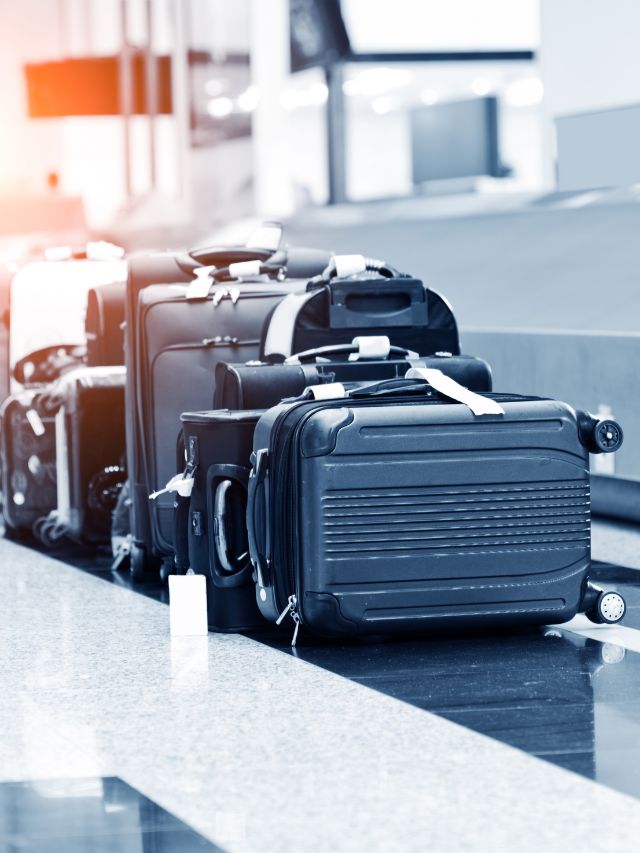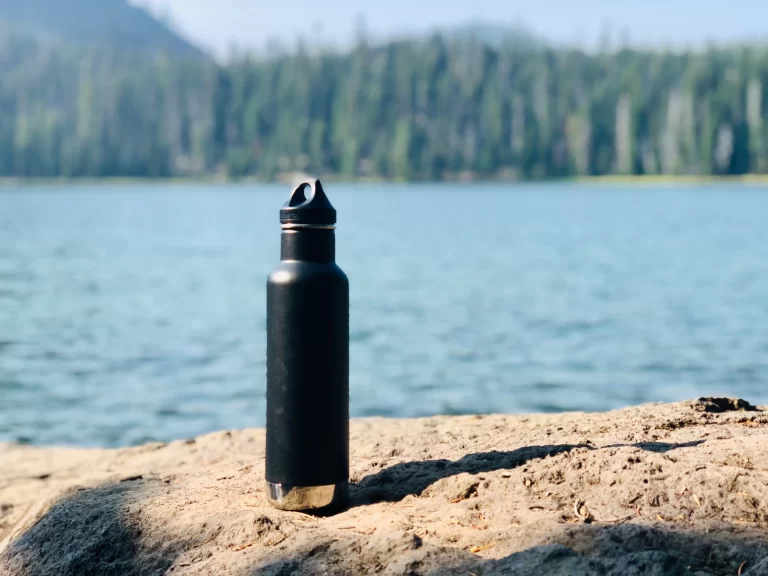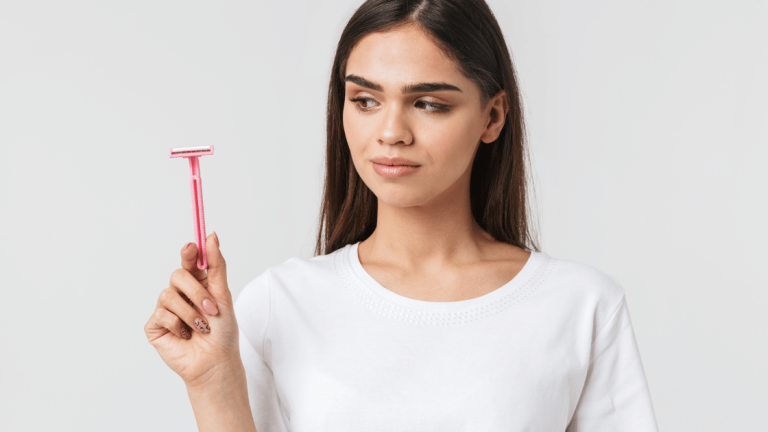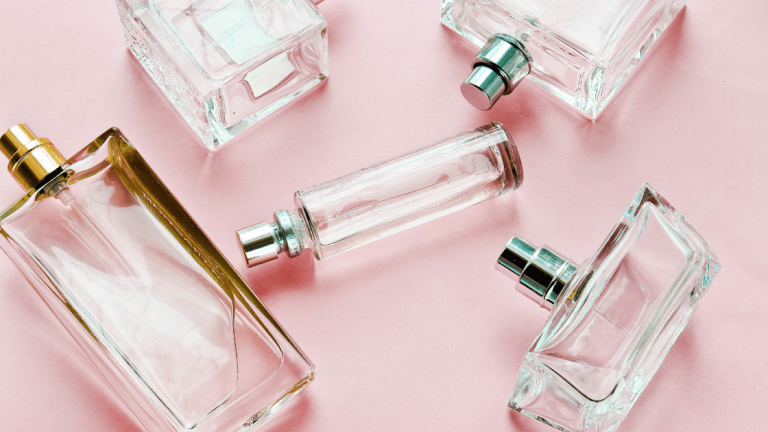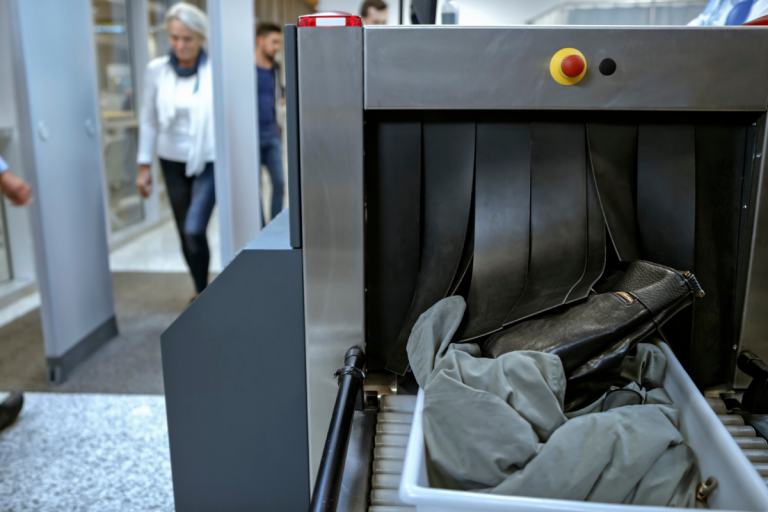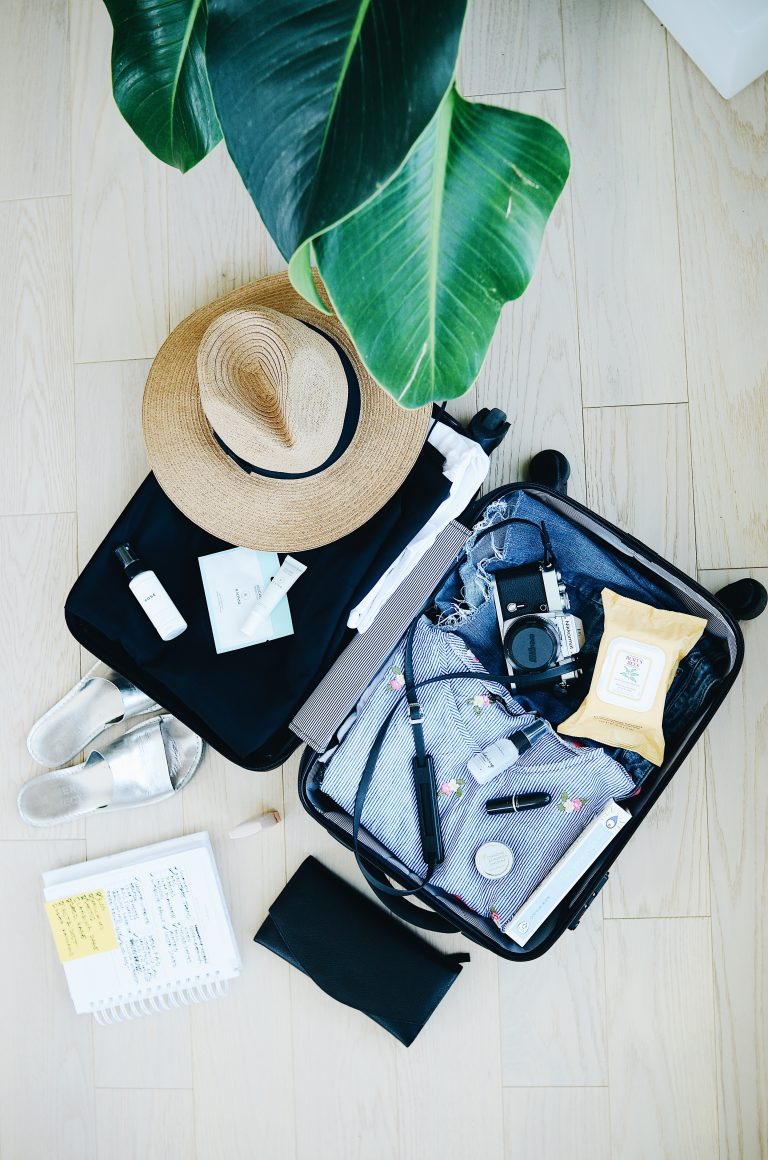Can You Take Aerosols In Checked Luggage?
Air travels come with dozens of safety rules you must follow.
I will walk you through aerosol handling in airports so you don’t have to panic dump all your health and beauty products before your flight!
What Are Aerosol Products?
Aerosol products, such as hairsprays, deodorants, or insect repellents, are air-tight metal canisters with a self-contained dispensing system. They are extremely common in everyday use but can become an issue to fly with.
The restrictions on aerosols first came to be to fight against terrorism as well as to increase flight safety.
There are often active ingredients in aerosol products that can lead to dangerous chemical reactions when the air pressure changes in high altitudes. Because of this, certain aerosols are banned on flights.
Understanding the rules and restrictions about aerosols can help ensure a smooth and hassle-free travel experience.
Can You Take Aerosols In Checked-in Luggage?
Not all aerosol products are allowed in checked-in luggage but the majority of daily, beauty-related products will pass the test.
You will find most airports, airlines, and countries around the world follow the below regulations to avoid confusion. Still, exceptions can happen so you should read the local authorities’ websites to confirm.
First, you can carry a maximum of 2L of aerosol products in total with each canister not exceeding 500ml. It means you can carry 4 500ml bottles but not 2 1L cans.
The 500ml limit refers to the bottle’s full capacity, rather than the actual content inside.
For example, you can’t take a 1L aerosol can even though you claim it to be half full. Airport security will not measure the volume inside and have to assume every container is full.
Second, the gas/liquids inside must be non-flammable and non-toxic. Flammable canisters like WD-40 are strictly forbidden, regardless of the amount.
Aerosols without any labeling may be confiscated/rejected, especially when the authorities deem them dangerous.
In this situation, you won’t be able to dispute it. The easiest solution is to only bring aerosols with clear markings and labels on them.
Third, you must confirm that you are bringing these aerosols for personal use.
In case you are wondering, body sprays, hairsprays, and spray sunscreens are a few common aerosols found in checked-in luggage. They are allowed as long as the above rules are met.
When the airport staff believes your checked-in luggage does not follow the guidance, they can refuse to check in your luggage.
They hold the final decision on whether or not your personal belongings fit the bill.
What Does 2L Look Like?
As mentioned, most airports follow the 2L golden rule when it comes to checking in aerosols. So, what does 2L look like?
To give context, a grown-up woman needs around 2.3L of fluids a day and a standard can of Coca-Cola is only 355ml.
Having 2L of aerosols usually gives ample room for travelers to pack their essentials. Under normal circumstances, you won’t exceed the limit unless you have a substantial need for aerosol products.
How Strict Is The 2L Aerosol Rule?
Typically, the 2L aerosol rule is standardized across domestic and international flights. Most airlines are incredibly strict with the rule.
Before you board the aircraft, you will have to drop your checked-in luggage at the check-in counter. The airline worker will ask you to read about the prohibited items and confirm you are obeying the regulations.
Most of the time, the luggage belt comes with a scanner to peek at the content inside your suitcase without opening it up.
You will hear a continuous beep when the scanner detects suspicious items in your belongings. Then, the ground staff will open your baggage for a physical search.
If they think your aerosol content exceeds the limit, they will ask you to remove some items until you meet the rule.
Additional screenings are possible if the authority suspects that your aerosols contain illegal or dangerous substances.
Refusal to remove the questionable aerosols will lead to your suitcase being rejected. Sometimes, the airline may decline to check you in as well.
When they believe you pose a potential safety threat, the airline has the right to cancel your booking without refunding you.
A mishap like this can cause you to miss your expensive flight. That is why it’s also important to know your rights regarding aerosol products.
Will Aerosol Cans Explode In Checked Luggage?
Aerosol products can explode if they are mishandled or exposed to adverse conditions like extreme temperatures and air pressures, but, it is an extremely rare occurrence during commercial flights.
These days, the cargo inside the aircraft is usually temperature-controlled, unless it is a dated aircraft. This eliminates the risk of exposing aerosols to unfavorable conditions.
Even without temperature control, it is difficult to reach the conditions for an explosion. To begin with, the entire aircraft will have to be on fire or something else is burning nearby.
Since flammable aerosols like spray paint cans are banned, the chances of aerosols causing a problem in the cargo are slim.
Normally, leakage is the only concern you should be worried about. Leaked aerosols can ruin your clothes and other things in the suitcase.
Instead of feeling paranoid about an explosion, which is very unlikely to happen, you should check for cracks in your aerosol cans so you don’t get back a suitcase full of wet clothes.
Can You Take Aerosol Cans On A Plane As Hand Luggage?
A small amount of aerosol products are permitted as carry-ons. Most countries follow the 100ml rule.
You can bring a small bag of liquids, aerosols, gels, creams, and pastes with you, as long as the total volume does not exceed 100ml. This will be checked when going through security checks, including in your layover destinations.
Same as the cargo rule, the 100ml measures the maximum volume of the carrier, not the amount of substances inside. Empty, transparent bottles can usually pass through security, regardless of the size.
For example, you can’t pass through security with a half-full 200ml bottle but you can pass with an empty 500ml water bottle.
For containers without clear storage labels/markings, the airport staff have the ultimate power to decide whether an item meets the standard.
Some airports will provide you with a sealed bag, usually 20×20 cm in size, where you have to put all your aerosols and liquids inside. The general rule of thumb is, if it doesn’t fit, it doesn’t fly.
When you can’t put all your bottles inside that bag, it means you are likely carrying more than 100ml. You will have to discard some items to make the screening.
Although the 100ml rule is prevalent in most airports since the 2000s, some airports are starting to scrape this regulation with the help of technology.
The Londo City Airport is upgrading its limit from 100ml to 2L because its advanced scanners can accurately determine the substances inside without troubling passengers to throw out their belongings.
To know more about local rules, you can contact your airline and authorities directly through phone calls or e-mails to learn about the specific rules and limitations regarding aerosol cans for your flight.
What Are Other Common Restricted Items In Checked-In Luggage?
Aside from aerosols, there are a few restricted, or even prohibited items, globally in place for the safety of every passenger.
Dangerous items such as explosives, acids, and poisons are universally banned in both checked-in luggage and carry-on.
Other than dangerous items, you have to make sure you aren’t carrying illegal items such as drugs or weapons, according to the local laws.
When you are caught trying to check in dangerous goods, the airport staff will confiscate them, or worse, detain you for trying to bring these items onboard.
When you purchase a ticket or check in, there will be a list of prohibited items in the declaration section. You have to acknowledge that you have read and agreed to the above regulations.
If you are unsure about certain items, you can contact your airline for support.
Conclusion
Aerosol products can be brought on airplanes as checked baggage, as long as they meet the specific requirements set by the authorities.
In all cases, you should make sure the aerosol cans you have are tightly sealed to avoid leakage. As long as you are familiar with the rules, you can fly comfortably knowing that you won’t have to worry about being stopped by security and missing your flight!
